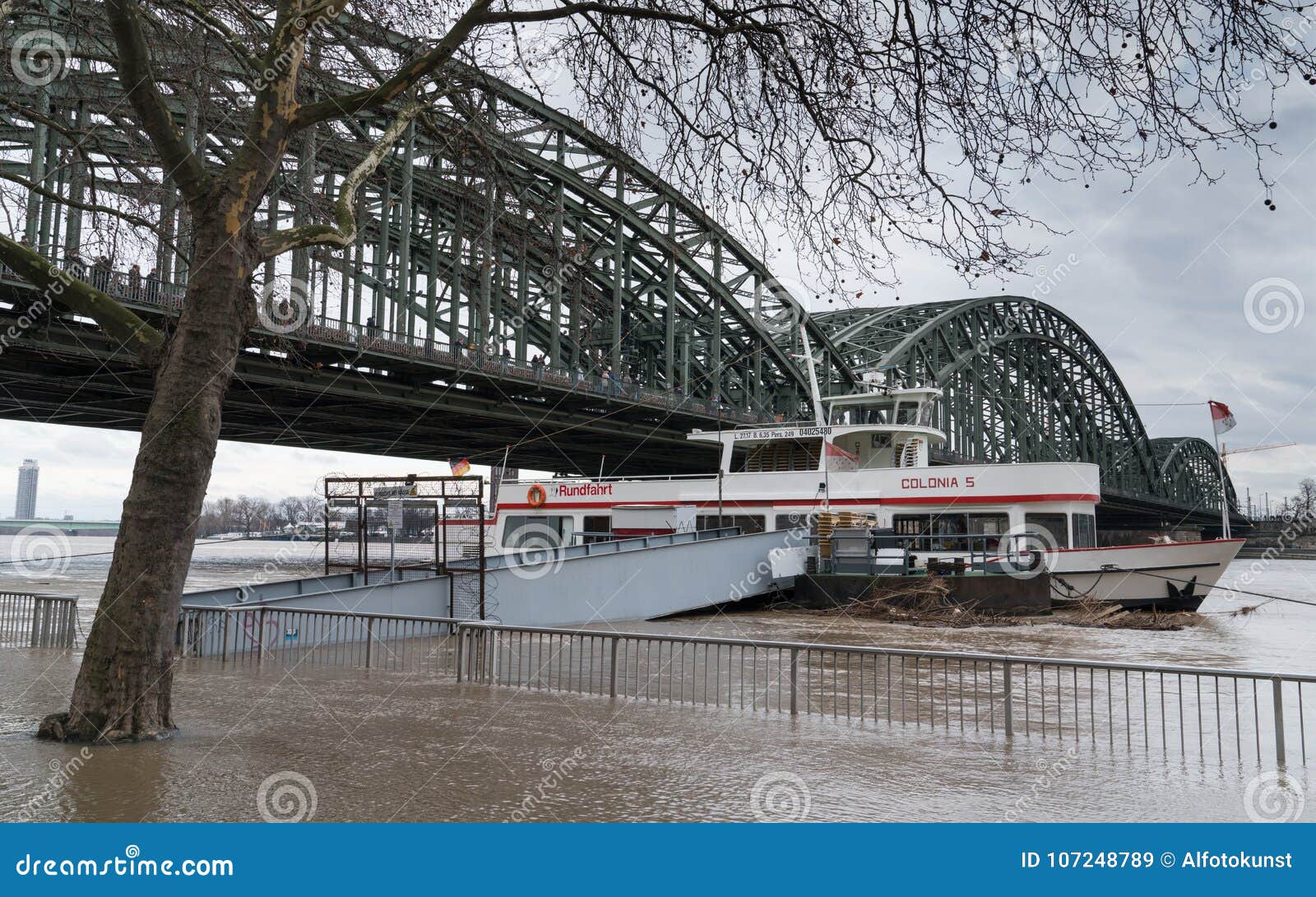
Further, the seasonal analysis reveals larger changes for winter compared to summer. Most changes are detected for sites in the west, south and centre of Germany. Changes in flood behavior in northeast Germany are small. In most cases, these trends are upward decreasing flood trends are rarely found and are not field-significant (32). Further, the seasonal analysis revealed larger changes for winter compared to summer (32).įrom an analysis of data for the period 1951-2002 covering the entire country (the catchments of the Danube, the Rhine, the Elbe, the Weser, the Ems, and the Odra), significant flood trends (at the 10% significance level) have been detected for a considerable fraction of basins. Most changes were detected for sites in the west, south and centre of Germany. Changes in the flood behavior in northeast Germany are small. Overall, it can be summarized that the flood hazard in Germany increased during the last five decades, particularly due to an increased flood frequency. The Rhine, upper Danube and Elbe are international rivers and their drainage basins have large parts outside Germany. Of the large river basins, only the Ems and Weser basins lie entirely within the borders of Germany. The German territory is comprised of five large river basins (the Elbe, upper Danube, Rhine, Weser and Ems), three medium-scale basins in the coastal area (Eider, Schlei/Trave and Warnow/Peene), and small parts of the Oder and Meuse basins.


River floods Germany Germany: Vulnerabilities – Flood probability trends in the past


 0 kommentar(er)
0 kommentar(er)
